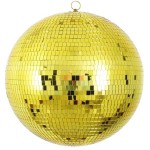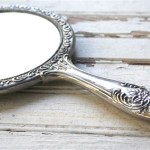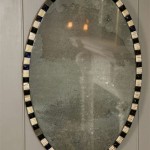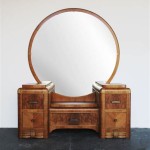All Mirror Names In A Car
Automotive mirrors play a crucial role in driver safety and situational awareness. Understanding the different types of mirrors, their specific names, and their respective functions is essential for all drivers. This article provides a comprehensive overview of the various mirrors found in modern vehicles.
The most commonly recognized mirror is the rearview mirror, also known as the inside rearview mirror or simply the interior mirror. Located inside the cabin, typically mounted on the windshield, this mirror provides the driver with a view of the area directly behind the vehicle. This allows for observation of following traffic and assists in lane changes, merging, and general awareness of the rear surroundings. Modern rearview mirrors often include features such as auto-dimming functionality to reduce glare from headlights of trailing vehicles.
Exterior mirrors are crucial for observing areas beside and slightly behind the vehicle. These are commonly referred to as side-view mirrors, wing mirrors (particularly in British English), or door mirrors as they are typically mounted on the vehicle's doors. Regulations typically mandate two side-view mirrors, one on the driver's side and one on the passenger's side. They are essential for safe lane changes, merging, parking, and monitoring blind spots.
Variations in side-view mirror design exist to enhance visibility and functionality. Convex mirrors are frequently used on the passenger side. The outward curvature of a convex mirror provides a wider field of view, allowing the driver to see more of the adjacent lane and reducing blind spots. However, convex mirrors also distort distance, making objects appear smaller and farther away than they actually are. This is why many passenger-side mirrors bear the warning "Objects in mirror are closer than they appear."
Plane mirrors, also known as flat mirrors, provide a true representation of distance and size but offer a narrower field of view compared to convex mirrors. These are commonly used on the driver's side in some regions. Some vehicles utilize aspherical mirrors, which combine a plane mirror section with a convex section. This design aims to provide both a true representation of distance in the primary viewing area and a wider field of view to address the blind spot.
While less common, some vehicles incorporate additional specialized mirrors. Blind spot mirrors, often small, circular convex mirrors, can be attached to the existing side-view mirrors to further enhance visibility in the blind spot areas. While helpful, these do not replace the need for proper shoulder checks before changing lanes.
Spot mirrors are another type of auxiliary mirror. These are smaller mirrors that can be adjusted to provide specific views, such as the front wheel during parking maneuvers, or the rear wheels when towing a trailer. These are less common in modern passenger vehicles but can be particularly useful in specialized applications.
Vanity mirrors, also known as sun visors mirrors, are typically integrated into the driver and passenger-side sun visors. While not directly related to driving visibility, they serve the purpose of personal grooming. These are often accompanied by a small integrated light for enhanced visibility.
In commercial vehicles, such as trucks and buses, additional mirrors are often employed to enhance visibility due to the larger size and different driving dynamics. These might include wide-angle mirrors, front-view mirrors, and kerb mirrors to aid in maneuvering in tight spaces and monitoring blind spots that might be larger than those in passenger vehicles. Cross-view mirrors are positioned to give the driver a forward-facing view of the immediate area in front of the vehicle, particularly useful in low-speed situations or when visibility is limited.
West Coast mirrors, a specific configuration primarily found on heavy-duty trucks, consist of two mirrors mounted on the driver's side: a flat, rectangular main mirror and a smaller convex spot mirror positioned below it. This arrangement is designed to provide both a clear view of the lane alongside the vehicle and a wider perspective for observing traffic to the rear and side.
Understanding the function and limitations of different mirrors is vital for safe driving. Regularly adjusting mirrors to ensure optimal visibility and performing proper visual checks, including shoulder checks, should always be prioritized.
Modern advancements in automotive technology continue to impact the design and functionality of mirrors. Systems like blind spot monitoring, lane departure warning, and rear-view cameras often supplement or, in some cases, replace traditional mirrors. These systems utilize sensors and cameras to provide the driver with additional information and warnings about the surrounding environment, further enhancing safety and situational awareness.

Car Side Mirrors And Screen Mirror At Best In Rajkot By Silver Auto S Id 3265351162

The Expert S Guide To Car Mirror Names Now Then Digital
What Are All The Mirrors In A Car Called Quora

Lada Side Mirrors And Rearview Mirror For Z Maz Volga Gaz Gazelle Mtz Auto Parts Russia Cars Trucks China Made In Com

Ultimate Guide 20 Key Car Parts Names Functions Diagram

Ultimate Guide 22 Car Interior Parts Names Functions Diagram
Diffe Types Of Car Mirrors Functions And Features Micmirror

The Expert S Guide To Car Mirror Names Now Then Digital

The History And Future Of Automotive Side View Mirrors Motors Blog

Why Is There A Mirror Near The Driver S Seat In Car Quora








